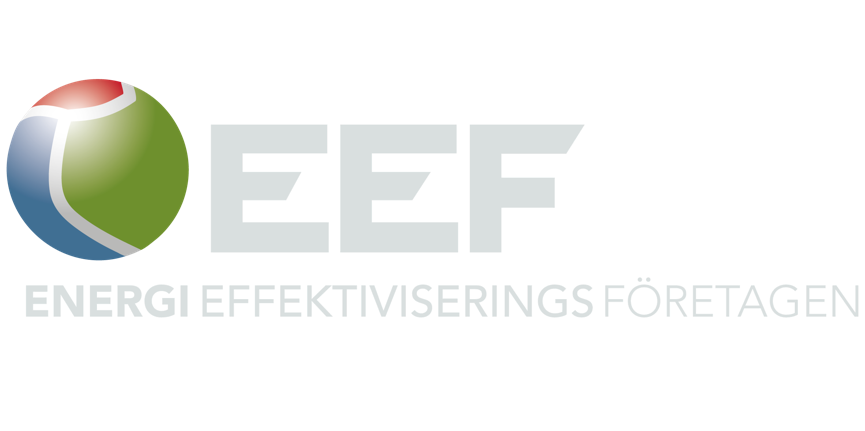Vi kan hjälpa dig i samband med en OVK – Obligatorisk Ventilationskontrol. l Med noggranna mätningar och analyser optimerar vi värme, kyla och ventilation för en mer kostnadseffektiv och hållbar drift.
OVK innebär att ventilationssystemets funktionskontroll, energibesparing, inomhusklimat och underhåll granskas och utvärderas. Ett väl fungerande ventilationssystem bidrar till ett bättre inomhusklimat genom att säkerställa tillräcklig luftväxling, vilket kan minska hälsoproblem som astma, allergier och andra luftvägsbesvär.
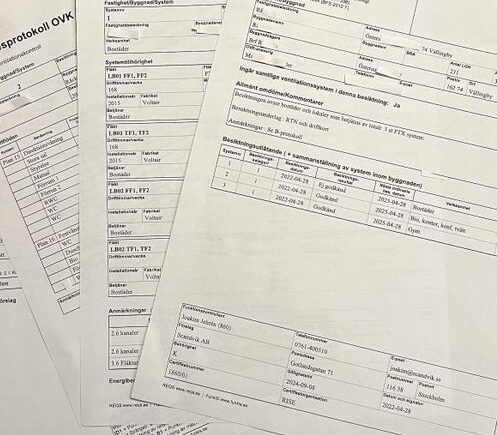
Fördelar med
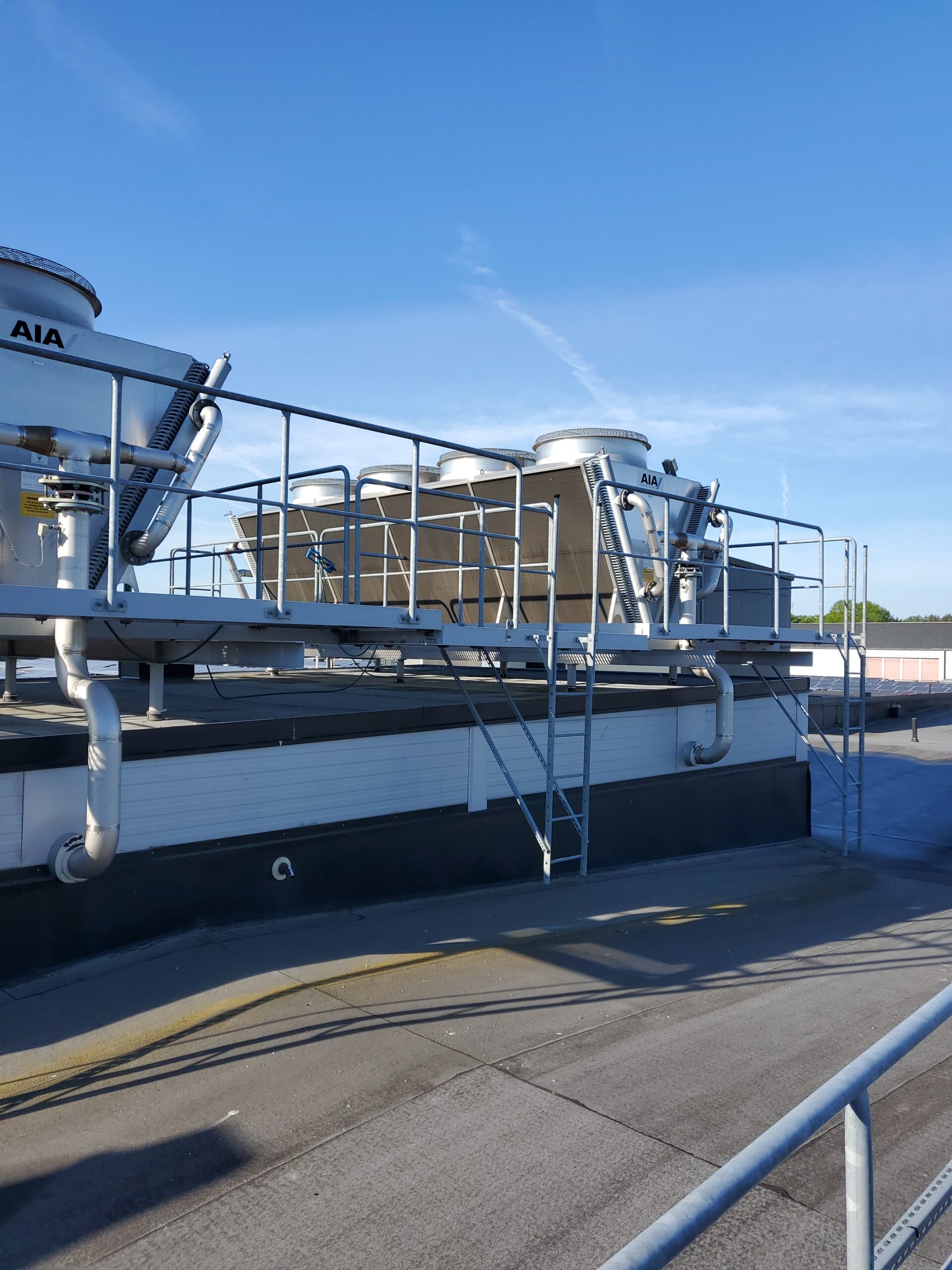
Effektiv rengöring som minimerar driftstopp och sparar tid.
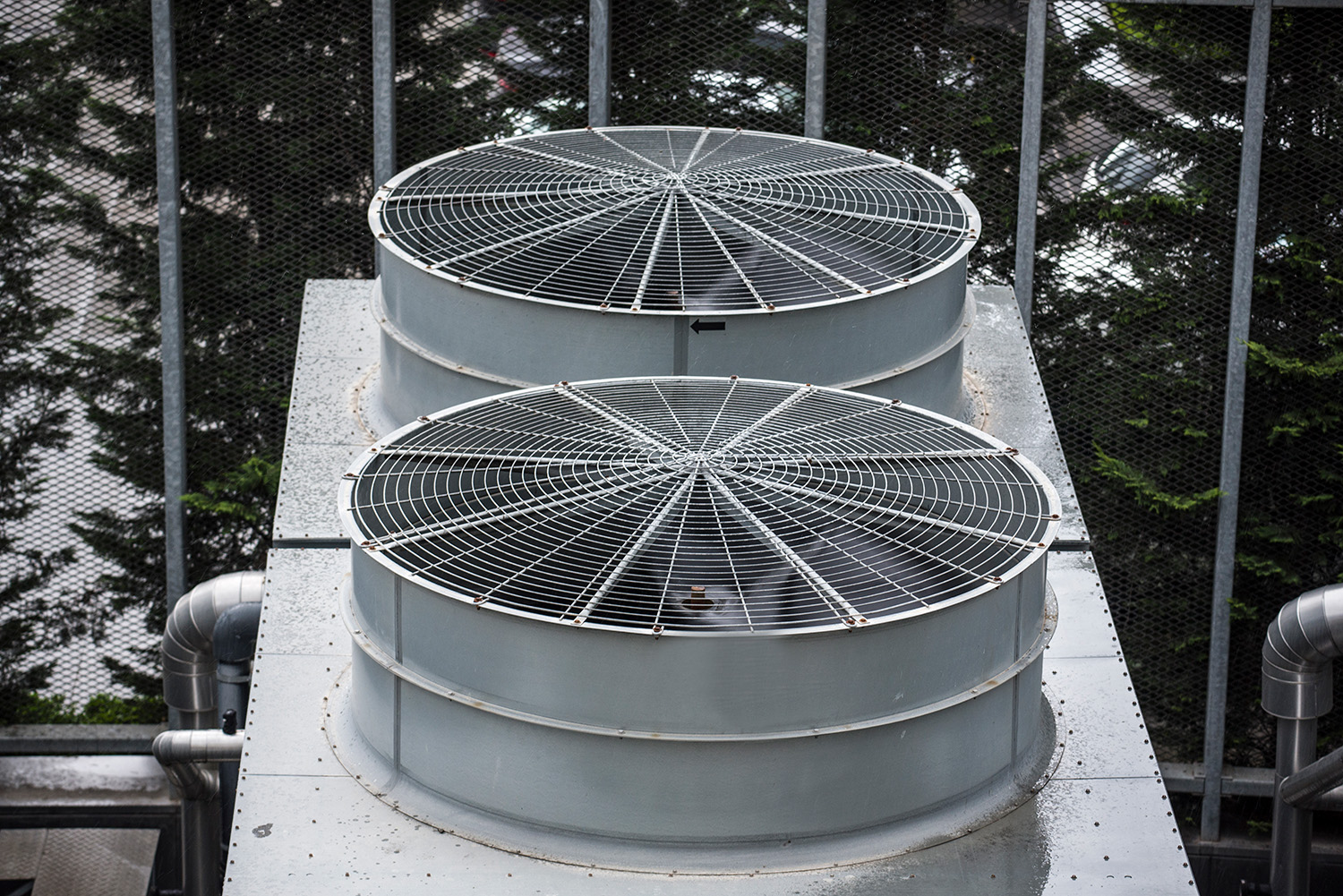
Höjer prestandan och minskar energiförbrukningen.
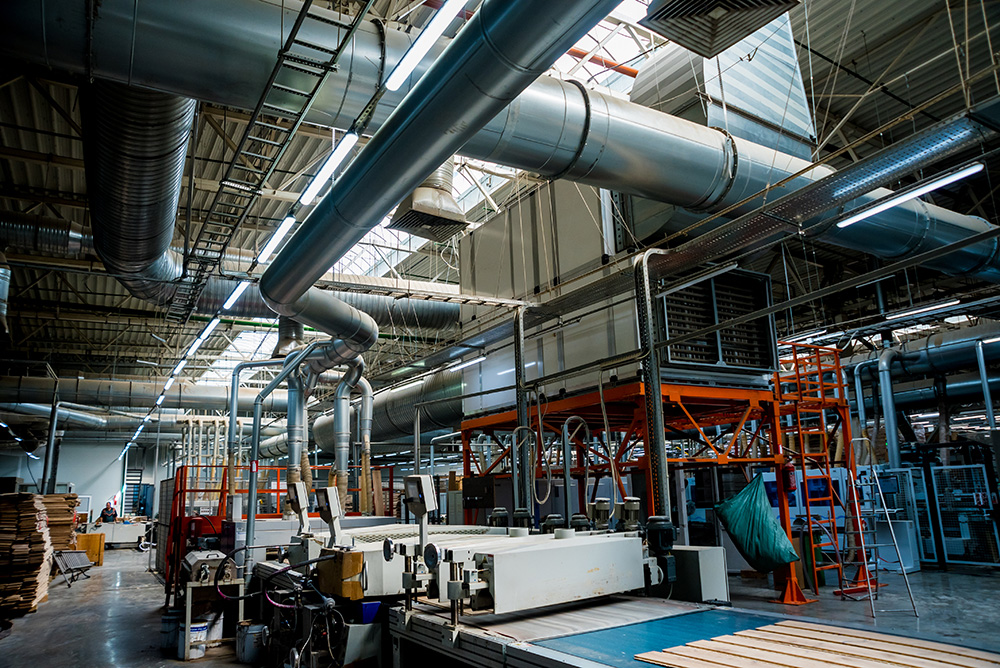
Kostnadseffektivt med snabb återbetalning på 6-12 månader.
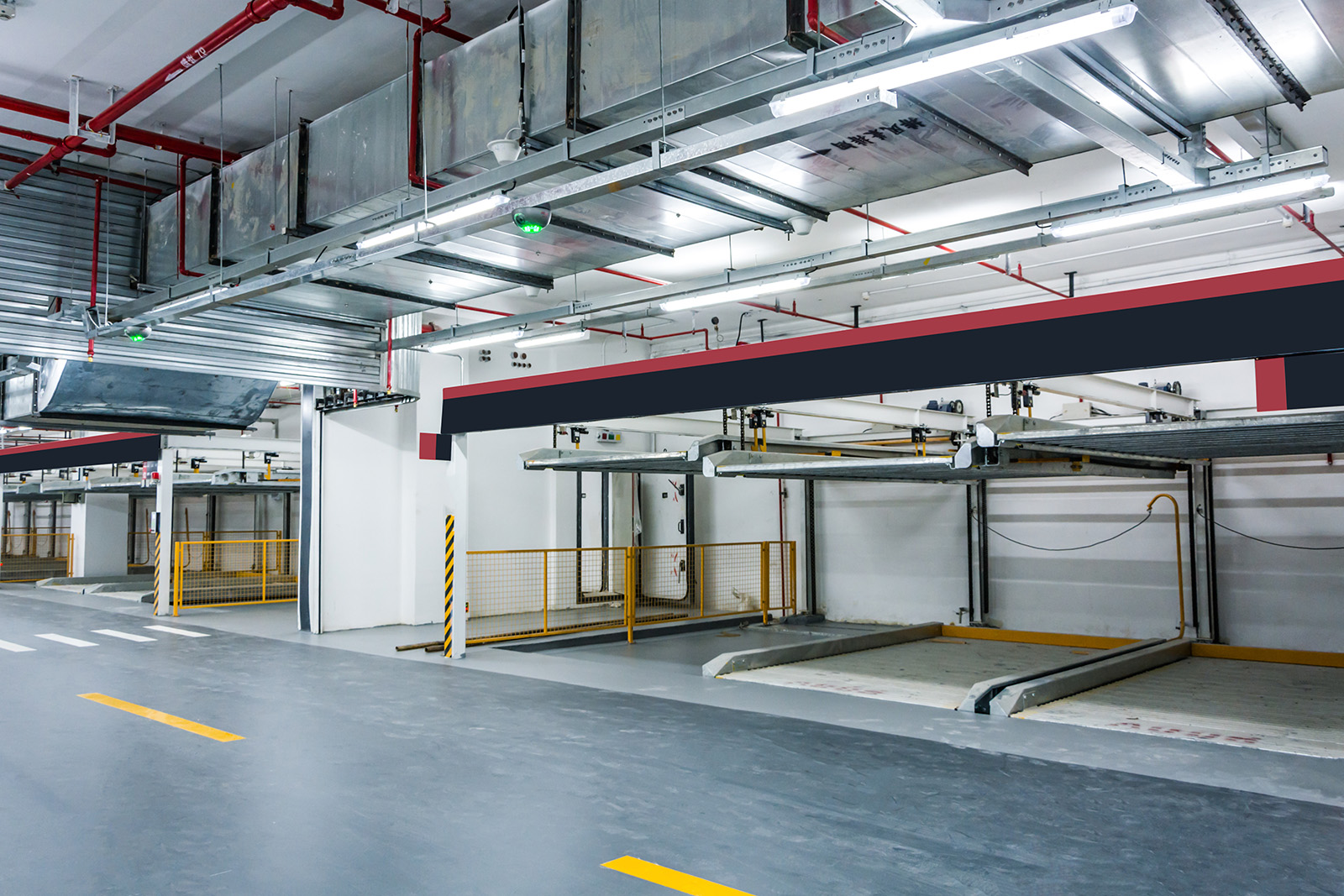
Miljövänlig metod kemikalier och avfall.
Nordisk Energioptimering har kontor på följande orter:
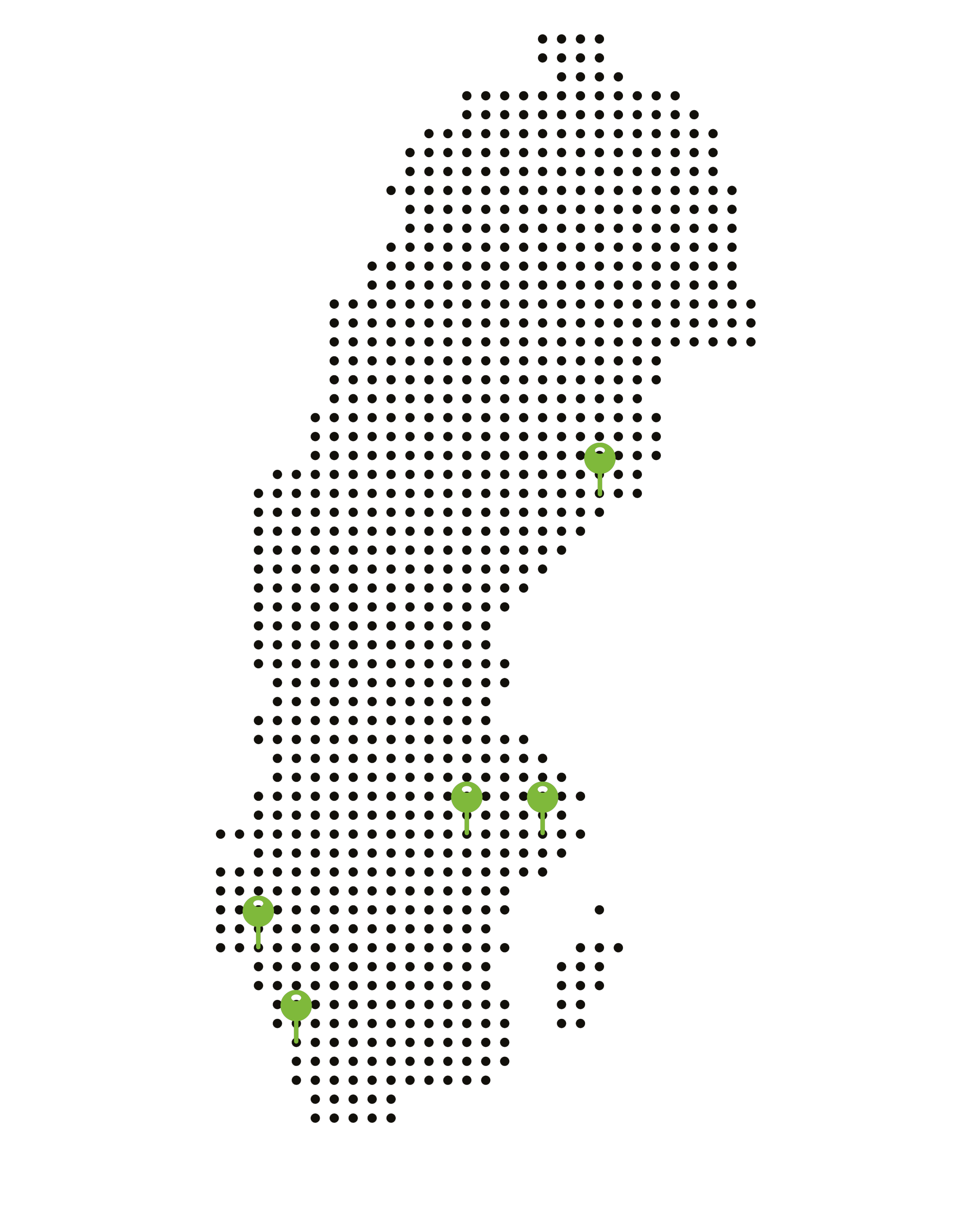




Vår vision är att vara den mest erfarna och kompetenta energioptimeraren på marknaden. Med NEO-metoden är vi marknadsledande med denna specialrengöring för värme- och kylanläggningar för fastighet och industri.



